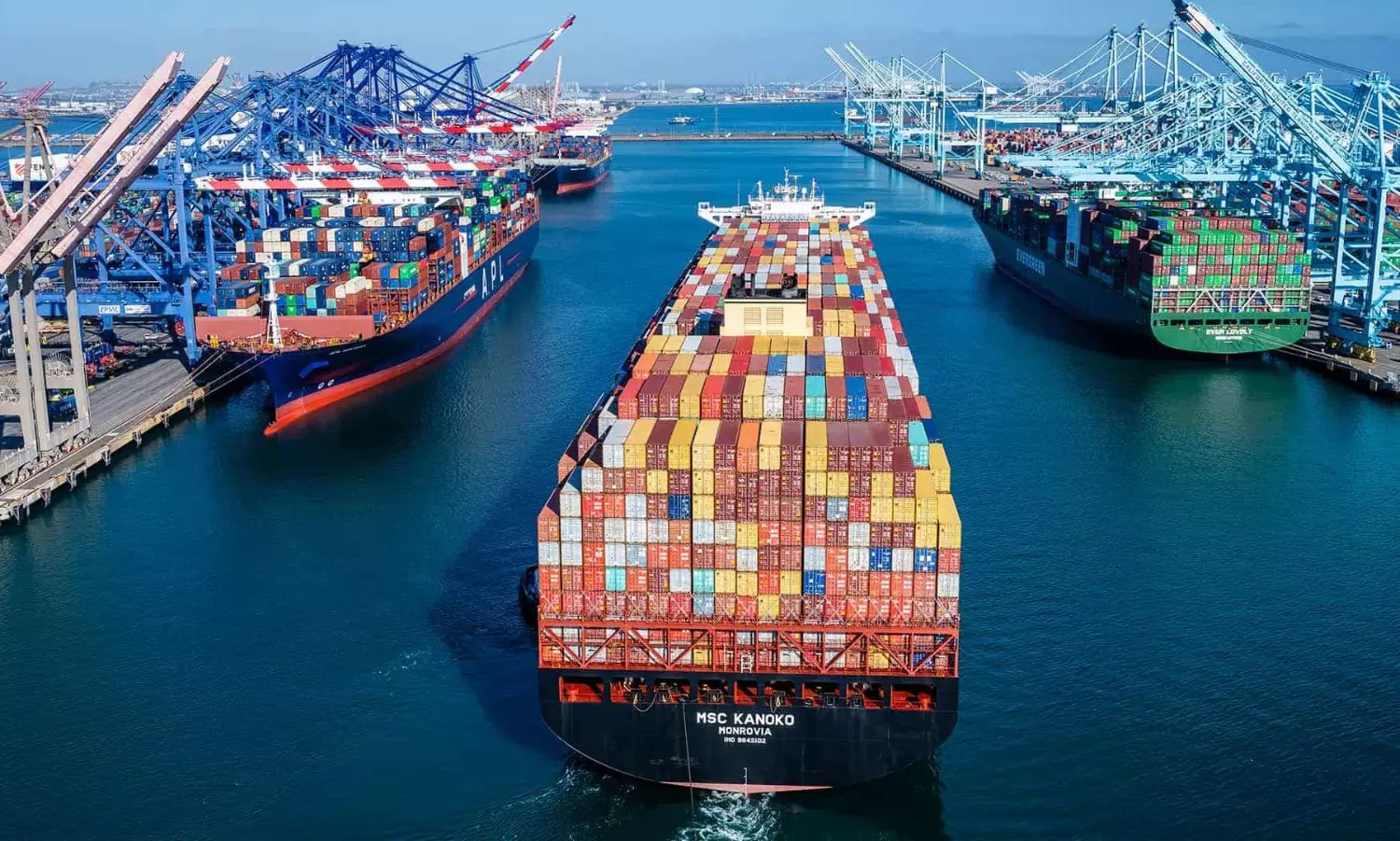Election, global uncertainty to impact U.S. container market outlook
Minimal impact of East Coast ports strike on average container prices in the U.S.

The U.S. container trading market is experiencing heightened volatility due to several factors. While the recent strike at East Coast ports have left a lasting impact on supply chains, the focus shifts to the U.S. elections scheduled for November 5, according to the latest update from Container xChange.
"The recent strikes may have ended but the storm is far from over," says Christian Roeloffs, Co-Founder and CEO, Container xChange. "With unresolved issues surrounding automation, we are on the brink of another disruption come January 2025."
Roeloffs has urged container traders to expect "another wave of frontloading as importers seek to secure cargo ahead of potential disruptions as we approach the peak season and the Chinese New Year. Contingency planning should begin now- —this includes securing inventory, diversifying supplier networks, and considering alternative shipping routes to mitigate delays. Proactive steps like these will be crucial for navigating the challenges anticipated in January.”
Average container prices in the U.S. remained relatively stable in September, the report added. "However, on a global scale, Asia and Europe experienced the most significant price hikes while the Middle East and the Indian Subcontinent (ISC) saw a six percent decline. An interesting development - the Middle East experienced a seven percent price surge in early October, indicating market volatility in that region."
China, on the other hand, is facing significant domestic challenges with weak consumer spending and slowing income growth, the report added. "While exports have shown resilience, broader economic concerns, including a slowdown in domestic consumption and property investment, could impact supply chains. Reduced demand for goods within China, coupled with U.S. retailers and wholesalers holding considerable inventory, is creating a challenging environment for container trading and leasing companies as lower shipping volumes and excess container capacity put pressure on both demand and leasing rates."
Average prices have consistently decreased in China, reflecting diminished factory output and reduced exports to both the U.S. and Europe. Additionally, supply is still coming offline from container factories, contributing to the overall decline in prices, the update added.
"Currently, average container prices are highest in China, followed by the U.S. and Europe. Prices have consistently fallen in both China and the U.S., while remaining relatively stable in Europe at a considerably lower level."
Looking ahead
The upcoming U.S. elections introduce uncertainty as trade policies could shift significantly depending on the outcome, the update added.
"In the short term, demand for containers in the U.S. appears stable. However, in the mid- to long-term, retailers and wholesalers are managing considerable inventory levels, which diminishes the need for significant imports, unless demand significantly bounces. The extent of inventory refilling required for the next cycle — aligned with the Chinese New Year — will primarily depend on the performance of peak season demand in the U.S."
Roeloffs says: “U.S. retailers are managing significant inventory levels but the real challenge lies ahead. As we enter the holiday season, the dynamics between demand and supply will shift dramatically, revealing whether these inventories can maintain a healthy market or indicate deeper issues.”
Looking ahead to 2025, the U.S. container market will likely be shaped by the resolution of labour disputes and the broader geopolitical landscape. "The outcome of the U.S. election will significantly influence trade and domestic fiscal policy, subsequently affecting container prices. The topic of automation will remain prominent as the International Longshoremen's Association (ILA) is anticipated to revisit this issue in their forthcoming negotiations."
The Mexico story
Mexico's rise as a significant trade hub is fundamentally transforming U.S. container availability and logistics, the update added. "As companies move production from China to Mexico to take advantage of the United States-Mexico-Canada Agreement (USMCA) and avoid U.S. tariffs, there has been a 26.2 percent increase in container trade between China and Mexico, alongside record border crossings at the U.S.-Mexico border, particularly in Laredo, Texas, which has emerged as a key logistics centre."
Roeloffs says: “For container traders, this translates to a decrease in container availability in inland U.S. locations, which is likely to push trading prices higher. Furthermore, with the increased demand for cross-border trucking and rail services, along with the need for expanded border container facilities, the transition from direct China-U.S. routes to China-Mexico-U.S. routes will be a crucial trend to monitor.”


